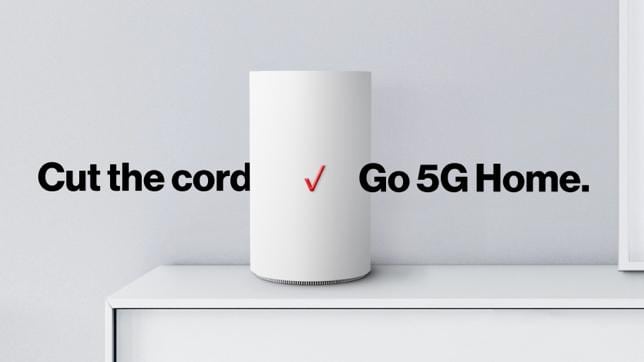Verizon recently hit 4.3 Gbps in C Band, millimeter wave aggregation lab trial
As the carrier preps to deploy its massive haul of C Band spectrum, Verizon Consumer Group CEO Ronan Dunne recently discussed what that means for the future of the company’s 5G Home residential broadband service. Speaking June 2 at the Sanford C. Bernstein Strategic Decisions Conference, Dunne said the $43 billion spent on mid-band spectrum will enable Verizon “to be a much more scaled residential broadband provider,” according to a transcript of his comments.
5G Home, Verizon’s initial entrance into commercial 5G back in 2018, uses its millimeter wave spectrum and is available today in 40 markets. The company added new markets on June 3 and will turn up service in four more cities on June 10. It’s mobile millimeter wave-based 5G service is live in more than 70 markets with a focus on urban cores and other high demand areas.
Dunne characterized millimeter wave 5G “as a fundamental enhancement of experience and capacity in the areas that have the densest demand for traffic.” He added that high-band 5G is currently available “predominantly in non-residential areas. But as we built out, the C Band will cover all of those residential areas in cities and suburbs.”
In a March presentation for investors, Verizon executives announced a planned increase in capital investment by $10 billion over three years and said it will install between 7,000 and 8,000 C Band sites by the end of this year. The company spent $45.45 billion in the C Band auction and acquired between 140 megahertz and 200 megahertz of valuable mid-band spectrum in every market in the contiguous United States; 60 megahertz of that spectrum, the A-block, will be cleared by December. Within a year of gaining access to that spectrum, Verizon plans to cover 100 million people with 175 million covered in 2022-23, and more than 250 million covered from 2024.
With its carrier aggregation testing in mind, “Investors should think…if I’m overly successful in my C Band fixed wireless access penetration, the cavalry will come because I’ve got 1,600 megahertz of millimeter wave nationwide as well,” Dunne said. “So it’s a high quality problem. “

